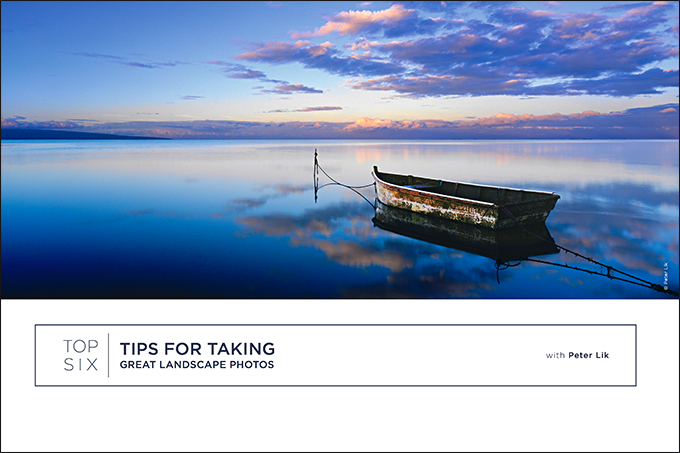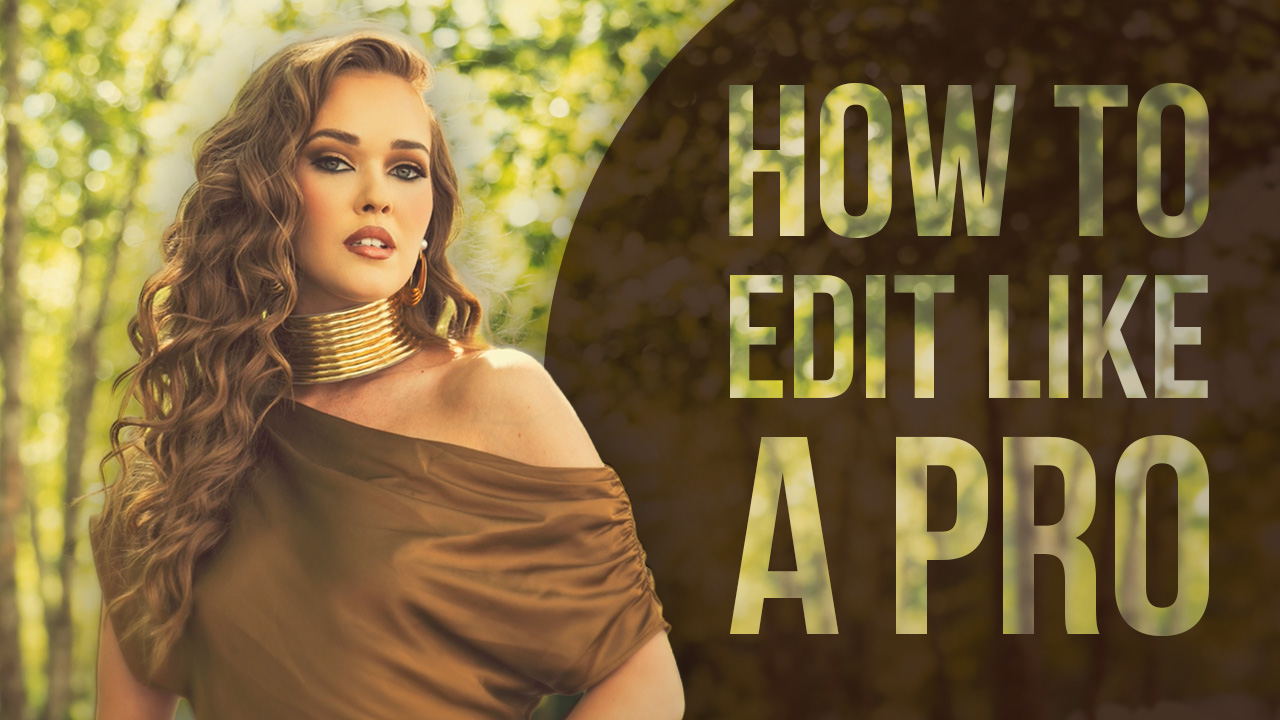Peter Lik – Top 6 Tips for Taking Great Landscape Photos
- Use quality equipment.
Use a quality tripod. Nothing can ruin the perfect shot like a weak tripod or, even worse, no tripod at all. This is one of the most important pieces of equipment in your gear bag. Just as important as a steady set of legs is the head you put on it. Especially when you start shooting with a longer, heavier lens. Nobody wants to be in the middle of a long exposure only to have the ball head fail. I use Really Right Stuff carbon-fiber tripods. They’re incredibly sturdy, unbelievably light and easy to use. Cared for properly, they will last you a lifetime.
- Embrace the weather.
What makes a great day for a family picnic can also make for a wretched day of shooting. There is nothing I hate more than clear blue skies. Clouds provide great diffused light, showing Mother Nature’s mood and beauty, something I am constantly chasing. On a recent shoot in Oregon, I waited out seven days of rain to capture a two-minute window to get the critical shot.
- Capture the data in RAW format.
This is the only way to shoot! RAW gives you the biggest, fattest file possible. You spend all this time and money getting the shot—don’t walk away without the best-quality file possible. Shooting RAW gives you the greatest control over the color gamut and the highest level of detail, and is vital for workflow when you get back to the studio. Remember, the files will be much larger, so spend the money on fast quality cards.
- Plan and research.
Proper planning and research are both key, but don’t guarantee you will get the shot. I spend countless hours, even weeks, mapping exact locations, researching weather, making travel arrangements and learning the terrain. During this time, I prep gear and contact locals for insights into seasonal changes, road closures and any other tips that may assist me. And after all of this, Mother Nature still may not cooperate and give you the shot you set out for.
- Come prepared.
Nothing burns me more than missing the shot. Imagine hiking out to a location only to find you have a loose baseplate, a failed memory card or even an undercharged battery, and no way to fix it. It has happened to all of us, and it is a nightmare. Make a checklist. Don’t overcomplicate things with gear you don’t need. Always pack Allen keys, batteries and chargers (solar chargers are very handy), plenty of water, GPS and a headlamp (keeps your hands free). Invest in a satellite phone if you plan to travel to areas where you know you will have no cell coverage.
- Be prepared to get up early and go to bed late.
Some of my greatest shots have been captured as the sun rises each day and just as it sets. It’s this magical window of time that creates the perfect mood that I am constantly chasing in my photographs. And the time between sunrise and sunset is the perfect time to scout the next day’s shoot. All these things combined make for a ripper of a long day.




